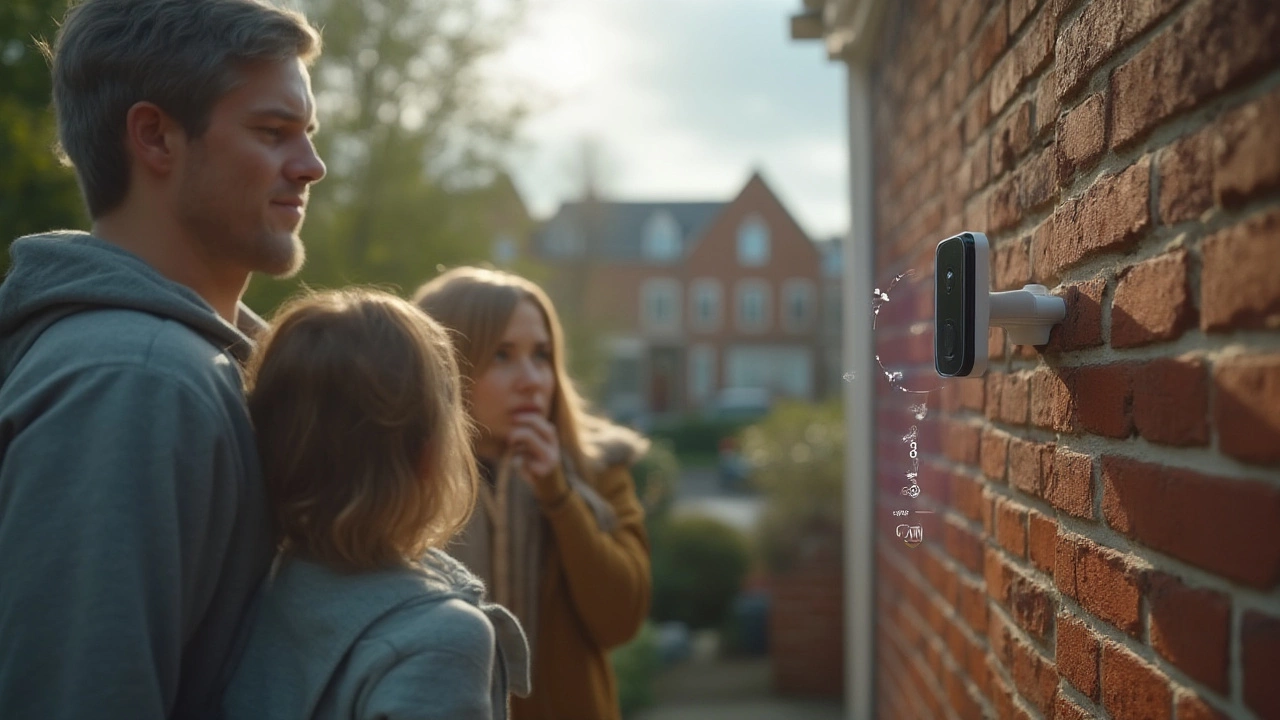If you own a Ring doorbell, you already know how handy it is to see who’s at the front door. But most people get stuck on the basics – how to actually watch the videos, whether they need to pay monthly, and how to keep the footage safe from hackers. This guide walks you through the whole process in plain English, no tech‑jargon needed.
First thing’s first – open the Ring app on your smartphone. Tap the device name, then hit the "Live View" button to see what’s happening right now. To watch a recorded clip, go to the "History" tab, choose a date, and tap the thumbnail. The video loads in a few seconds if you have a decent Wi‑Fi signal.
If you’re away from home and don’t have Wi‑Fi, the app still works over cellular data. Just make sure you’ve allowed the Ring app to use background data in your phone settings; otherwise the clips won’t download. You can also enable push notifications so you get a real‑time alert the moment motion is detected.
Ring offers a free tier that lets you view live video and watch the most recent 60‑day clip archive. That’s enough for many users who only need occasional checks. The paid "Protect Plan" adds cloud storage for older videos, advanced motion detection, and professional monitoring. In the UK, the plan costs around £3‑£5 per month per device, but you can skip it if you don’t need the extra storage.
Before you sign up, check whether the free plan already meets your needs. Most homeowners only review footage a few times a week, so the 60‑day limit rarely becomes a problem. If you want to keep videos forever or need alerts when a specific person shows up, the subscription is worth considering.
Keep in mind the subscription is linked to your Ring account, not the doorbell itself. Switching phones or reinstalling the app won’t cancel the plan – you’ll have to manage it directly from the Ring website or app settings.
Hackers love any internet‑connected device that can give them a peek inside a home. To stop them, start with a strong, unique password for your Ring account. Enable two‑factor authentication (2FA) – it adds a code sent to your phone whenever someone tries to log in.
Next, lock down your Wi‑Fi. Use WPA3 encryption if your router supports it, and change the default admin password. If you share your network with guests, set up a separate guest Wi‑Fi so the Ring doorbell stays on a more secure segment.
Ring also lets you turn off video sharing with third‑party services. Go to "Device Settings" → "Video Sharing" and toggle anything you don’t need. This reduces the chance that a third‑party app could expose your footage.
Lastly, be aware of physical tampering. A determined thief could try to disable the doorbell or cut the power. Installing a backup battery (many Ring models include one) and a discreet, weather‑proof mount makes it harder to take the device down without being noticed.
By following these steps – checking videos in the app, deciding if a subscription matters, and beefing up your security – you’ll get the most out of your Ring doorbell without leaving your home vulnerable. Enjoy the peace of mind that comes with knowing who’s at the door, when they’re there, and that you’ve locked down the footage against prying eyes.

Curious about how long your Ring videos stick around without a subscription? Get the full breakdown of storage limits, workarounds, and what you'll actually lose.